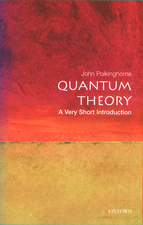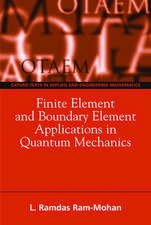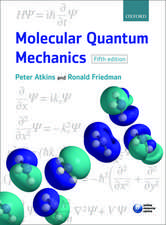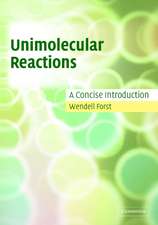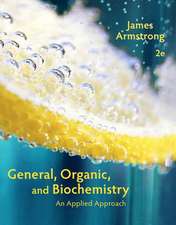Valence Bond Methods: Theory and Applications
Autor Gordon A. Gallupen Limba Engleză Paperback – 12 oct 2005
| Toate formatele și edițiile | Preț | Express |
|---|---|---|
| Paperback (1) | 317.49 lei 43-57 zile | |
| Cambridge University Press – 12 oct 2005 | 317.49 lei 43-57 zile | |
| Hardback (1) | 890.72 lei 43-57 zile | |
| Cambridge University Press – 10 iul 2002 | 890.72 lei 43-57 zile |
Preț: 317.49 lei
Nou
Puncte Express: 476
Preț estimativ în valută:
60.76€ • 63.20$ • 50.16£
60.76€ • 63.20$ • 50.16£
Carte tipărită la comandă
Livrare economică 14-28 aprilie
Preluare comenzi: 021 569.72.76
Specificații
ISBN-13: 9780521021272
ISBN-10: 0521021278
Pagini: 256
Ilustrații: 46 b/w illus. 103 tables
Dimensiuni: 190 x 244 x 14 mm
Greutate: 0.41 kg
Editura: Cambridge University Press
Colecția Cambridge University Press
Locul publicării:Cambridge, United Kingdom
ISBN-10: 0521021278
Pagini: 256
Ilustrații: 46 b/w illus. 103 tables
Dimensiuni: 190 x 244 x 14 mm
Greutate: 0.41 kg
Editura: Cambridge University Press
Colecția Cambridge University Press
Locul publicării:Cambridge, United Kingdom
Cuprins
Preface; Part I. Theory and Two-Electron Systems: 1. Introduction; 2. H2 and localised orbitals; 3. H2 and delocalised orbitals; 4. Three electrons in doublet states; 5. Advanced methods for larger molecules; 6. Spatial symmetry; 7. Varieties of valence bond treatments; 8. The physics of ionic structures; Part II. Examples and Interpretations: 9. Selection of structures and arrangement of bases; 10. Four simple three-electron systems; 11. Second row homonuclear diatomics; 12. Second row heteronuclear diatomics; 13. Methane, ethane and hybridization; 14. Rings of hydrogen atoms; 15. Aromatic compounds; 16. Interaction of molecular fragments; Appendix; Bibliography.
Notă biografică
Descriere
This book focuses on ab initio valence bond theory.

